The Role and Future of 3D Foot Scanners in Health Monitoring
In recent years, advancements in technology have revolutionized healthcare, making diagnosis and treatment more precise and personalized. Among these innovations, the 3D foot scanner has emerged as a powerful tool in health monitoring, particularly for foot-related conditions. With its ability to capture detailed foot data and analyze pressure distribution, this device is transforming the way we understand, manage, and prevent foot health issues.
This blog explores the role of 3D foot scanners in health monitoring and sheds light on their promising future.
What is a 3D Foot Scanner?
A 3D foot scanner is a device that uses optical, laser, or infrared technology to create a precise three-dimensional model of the foot. It captures measurements such as length, width, arch height, and even toe alignment. Some advanced models also record dynamic data like pressure distribution during walking or running.
This combination of static and dynamic analysis allows healthcare professionals to gain a holistic understanding of an individual’s foot health.
The Role of 3D Foot Scanners in Health Monitoring
1. Early Detection of Foot Abnormalities
Many foot-related problems, such as flat feet, high arches, or bunions, develop gradually over time. A 3D foot scanner can identify subtle changes in foot structure or pressure patterns early, enabling timely intervention. This is particularly beneficial for conditions that are easier to treat in their early stages.
2. Personalized Treatment Plans
By providing a detailed and accurate model of the foot, 3D foot scanners help in designing custom orthotics, such as insoles, that cater to the unique needs of an individual. These orthotics can alleviate pain, correct posture, and improve mobility.
3. Monitoring Chronic Conditions
For patients with chronic conditions like diabetes or arthritis, regular foot scans can track changes over time. For example, in diabetic patients, a 3D foot scanner can detect pressure points that are prone to developing ulcers, allowing for preventive measures to be taken.
4. Enhancing Sports Performance
Athletes can benefit immensely from 3D foot scanners. By analyzing their gait, pressure distribution, and foot structure, trainers and sports physicians can optimize footwear, improve training techniques, and reduce the risk of injuries.
5. Supporting Post-Surgery Rehabilitation
After surgeries like bunion correction or ligament repair, monitoring the recovery of foot structure and function is crucial. 3D foot scanners provide precise data to track progress and adjust rehabilitation programs accordingly.
Real-Life Applications of 3D Foot Scanners
In Podiatry
Podiatrists use 3D foot scanners to diagnose and treat a range of conditions, from heel pain to plantar fasciitis. These devices allow for a detailed analysis of foot mechanics, leading to more accurate diagnoses.
In Orthopedics
Orthopedic specialists rely on 3D foot scanners to design braces and orthotic devices that address specific structural issues. The precise measurements ensure that the devices fit perfectly and provide maximum support.
In Retail Footwear
Many footwear brands have started integrating 3D foot scanning technology in their stores to offer personalized shoe fitting. This ensures optimal comfort and reduces the likelihood of foot pain caused by ill-fitting shoes.
In Preventive Healthcare
Community health programs use 3D foot scanners to conduct large-scale foot health screenings. This approach helps in identifying individuals at risk and directing them to appropriate care.
The Future of 3D Foot Scanners in Health Monitoring
1. Integration with Artificial Intelligence
Future 3D foot scanners are expected to integrate with AI algorithms for automated analysis and diagnosis. By analyzing vast amounts of data, these AI-powered devices can provide more accurate insights and even predict the onset of certain conditions.
2. Portable and Wearable Devices
As technology evolves, 3D foot scanners will become more portable and accessible. Wearable devices capable of continuous foot monitoring may soon become a reality, allowing individuals to track their foot health anytime, anywhere.
3. Cloud-Based Data Sharing
With cloud technology, 3D foot scanners can store and share data across healthcare providers. This makes it easier for patients to seek second opinions or continue treatment across different clinics without repeating scans.
4. Virtual Reality (VR) Applications
Incorporating VR into 3D foot scanning could allow patients to visualize their foot conditions in an immersive environment. This could enhance patient education and compliance with treatment plans.
5. Holistic Health Monitoring
Future developments might see 3D foot scanners integrated into holistic health monitoring systems, where they provide insights not just about the feet but also about overall body posture, gait, and joint health.
Benefits of Adopting 3D Foot Scanners
Accurate Diagnosis: High precision in identifying structural and functional abnormalities.
Cost-Effectiveness: Early detection and intervention reduce long-term healthcare costs.
Patient Comfort: Non-invasive and quick procedures improve the patient experience.
Custom Solutions: Data-driven personalization of treatment plans enhances outcomes.
Improved Quality of Life: Timely and effective care improves mobility and reduces pain.
Challenges and How They’re Being Addressed
While 3D foot scanners offer numerous benefits, their adoption faces some challenges:
Cost: The high cost of devices can be a barrier for smaller clinics. However, as technology advances, prices are expected to decrease.
Skill Requirements: Operating 3D foot scanners and interpreting data requires training. Initiatives to provide widespread training can address this issue.
Accessibility: Rural and underserved areas may lack access to this technology. Mobile scanning units and telemedicine integrations can help bridge this gap.
3D foot scanners have revolutionized the field of health monitoring by making foot assessments more precise, efficient, and personalized. From detecting early signs of abnormalities to supporting rehabilitation, their applications are vast and impactful.
As technology continues to evolve, the future of 3D foot scanners looks even more promising. These devices are set to become an integral part of preventive healthcare, offering innovative solutions to enhance foot health and overall well-being.
By embracing this technology, we can step into a future where foot health issues are not just managed but proactively prevented, ensuring that every step we take is a step towards better health.

 +86-0755-86131192
+86-0755-86131192 2024-12-30
2024-12-30 Back to list
Back to list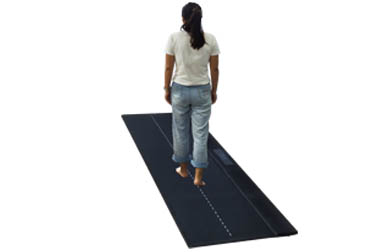
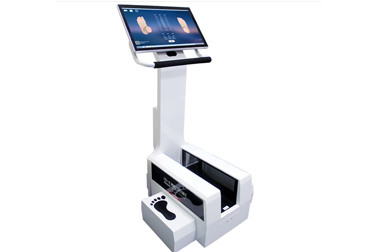
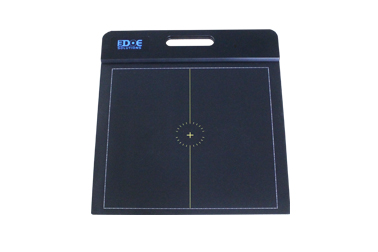
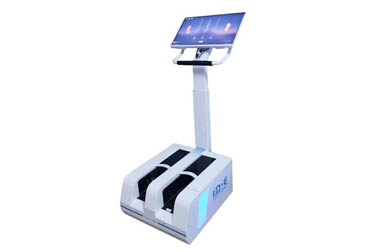
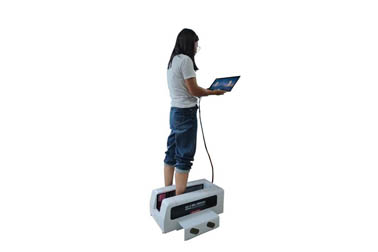



 +86-0755-86131192
+86-0755-86131192